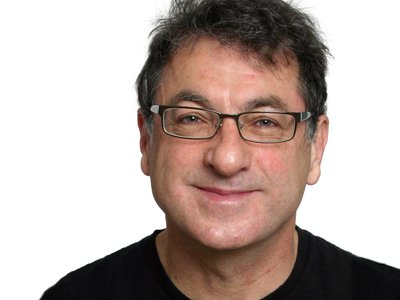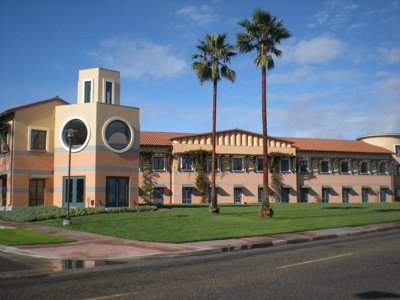Syracuse Professor Serving as Deputy Director of Premier Physics Institute
Mark Bowick oversees Kavli Institute of Theoretical Physics programming

Mark Bowick, the Joel Dorman Steele Professor of Physics, is spending the next two years in Santa Barbara, California, as deputy director of the Kavli Institute for Theoretical Physics (KITP). He oversees the extensive visitor programming, which draws talented physicists from around the globe to share knowledge.
“It is an honor to serve in this appointment; I have daily contact with great scientists and a wonderful KITP staff,” Bowick says.
As a part of the University of California, Santa Barbara, KITP is the premier center for theoretical physics. The institute offers numerous, multimonth programs on new frontiers in physics, shorter conferences and public lectures featuring renowned physicists. With a $5 million annual budget, KITP is the world’s largest center supporting theoretical physics, Bowick says.
Bowick is no stranger to KITP; he has previously attended theoretical physics programs and spent time at the research institute on research leave. Now, as deputy director, he will oversee the roughly 12 annual visitor programs at KITP, beginning with reviewing new proposals, all the way through program implementation. Bowick encourages theoretical physicists from around the world to submit workshop and conference ideas on emerging topics in their fields.

Bowick, who began his deputy director position on Aug. 16, also aims to create a new line of “Rapid Response” workshops to address breaking developments in theoretical physics. These workshops would require less advance notice of programming, but would utilize nimble implementation. He is currently reviewing candidate topics for this workshop style.
While at KITP, Bowick, along with visiting graduate students and postdocs from his lab, will continue research on graphene, a single-atom-thick material made of carbon atoms arranged like honeycombs. Graphene is stronger than steel and is highly conductive.
The Bowick group studies the material properties of graphene that has been sliced and diced using a technique called kirigami, which is similar to the paper folding art of origami, but with the addition of strategic cuts. The group members collaborate with theorists at Harvard and two experimental groups at Cornell.
Bowick explains that graphene kirigami could produce flexible springs, among other materials of a single atom thickness. Although the lab’s work focuses on physics fundamentals of this unique material, Bowick suggests that flexible graphene springs could be used to measure neuronal activity in a nondestructive way.
“Measuring neuronal electrical responses requires a flexible, thin structure than can wrap around a neuron and measure current without damaging the cell itself. It has to be soft, yet have structural integrity,” he says, explaining why graphene is a prime candidate for such an application.
While at KITP, Bowick also wants to champion the institute’s impact on its many visitors. He says, “I want to document the successes of the KITP in stimulating changes of research directions by scholars who have participated in programs.”
